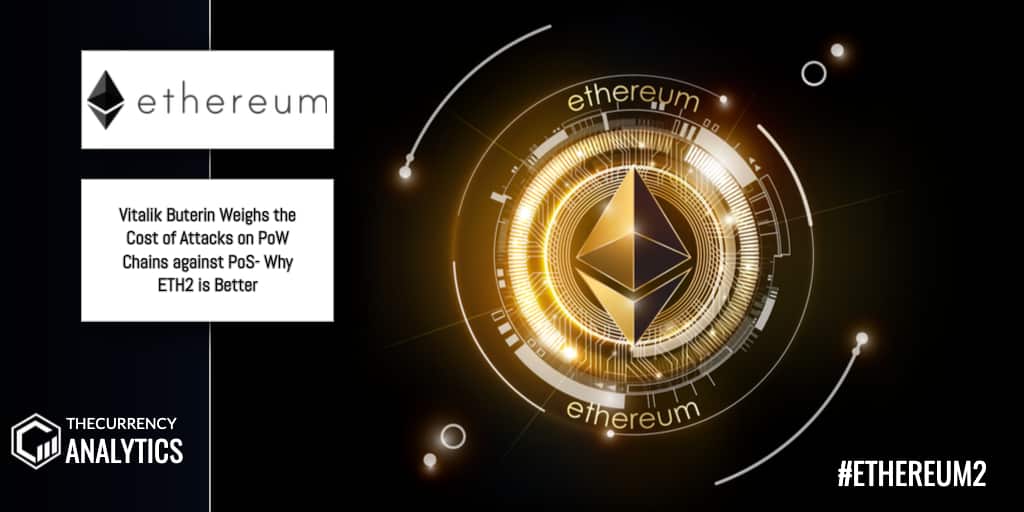
The evolution in the Agricultural sector is a very great example of how blockchain technology is evolving. Ages before, farmers have to cultivate with their energy. They clear the piece of land, pulverize the soil, make ridges, plant, etc. all with their hand. Then, the rich amongst them hire others to work on his farm, some even join forces so they can have more yield. But, after decades, machines came in to greatly ease the stress. Today, there are enough sophisticated machines and techs that can improve yields 100 times and over. All it requires is the capital cost and a little less running cost. The yield at the end of the day will cover those in a short time. Blockchain is no different.
Anti-Sybil mechanisms employed by early blockchains are just like farming in the good old days. Miners work or calculate to solve complex problems very quickly as they compete against many others to gain block rewards. Through this process, energies are expended and miners wear out over time. Sadly, an ASIC miner can only be profitable for only about two years when new and more powerful miners are manufactured.
Vitalik Buterin, Ethereum Co-founder, began to evaluate the reasons why Proof of Stake (PoS) is better than Proof of Work (PoW) in a recent blog post. He revealed that the best way to know which is better is to put
both sides by side and “look at how much it costs to attack a network per $1 per day in block rewards.”
He reported that an attack on a GPU-based Proof of Work will cost approximately $0.26. This is because “You can rent GPUs cheaply, so the cost of attacking the network is simply the cost of renting enough GPU power to outrun the existing miners”.
ASIC-based PoW is generally more secure than GPU-based because of the capital cost and the profitability period only lasts for about 2 years when new and more powerful ASICs are produced. Entry barriers also contribute to the security of ASIC-based PoW. Additionally, according to Buterin:
“If a chain gets 51% attacked, the community will likely respond by changing the PoW algorithm and your ASIC will lose its value.”
Therefore, attacking an ASIC-based PoW will cost about $486.75
Just like the machine age in Agriculture, PoS mechanisms have shown more promising security for chains against network take-overs. PoS works smarter and not harder as in PoW. Capital costs in PoS mechanisms are the stakes which are locked up. Stakes do not depreciate or get destroyed as in PoW. Buterin continued in his analysis:
“Unlike ASICs, deposited coins do not depreciate, and when you’re done staking you get your coins back after a short delay. Hence, participants should be willing to pay much higher capital costs for the same quantity of rewards.”
For 1$ reward per day on Eth2 for example, a node will have to stake $2433. To attack this kind of mechanism, an attacker must be willing to spend $2189. The cost of attacking can be up to $10000 as the rewards get lower. Eth2 rewards are expected to become lesser and lesser as more validators join the network.
Vitalik Buterin highlighted more areas of PoS that made it better than PoW. He reported that attacks are easily recoverable in PoS than in PoW. Slashing mechanisms are available to destroy a large portion of an attacker’s stake. Validators in a PoS blockchain “can coordinate on a minority user-activated soft fork (UASF) in which the attacker’s funds are once again largely destroyed” for a harder to detect attack. PoW attack responses have generally been to “wait it out until the attacker gets bored”.
Proof of Stake anti-Sybil mechanisms come in different shades, but the general idea is that their implementation is far better than Proof of work.

Get the latest Crypto & Blockchain News in your inbox.